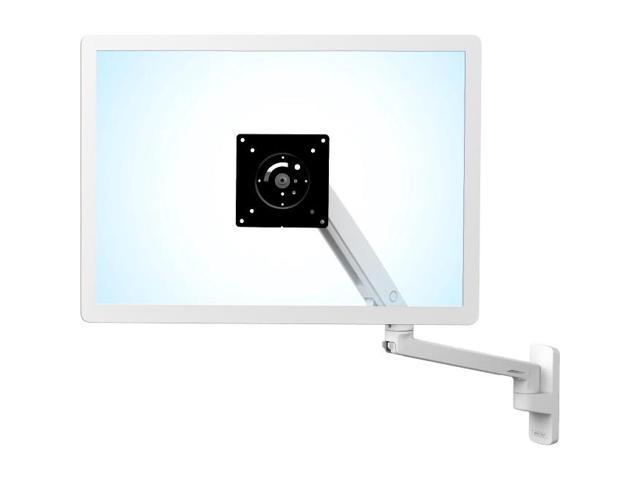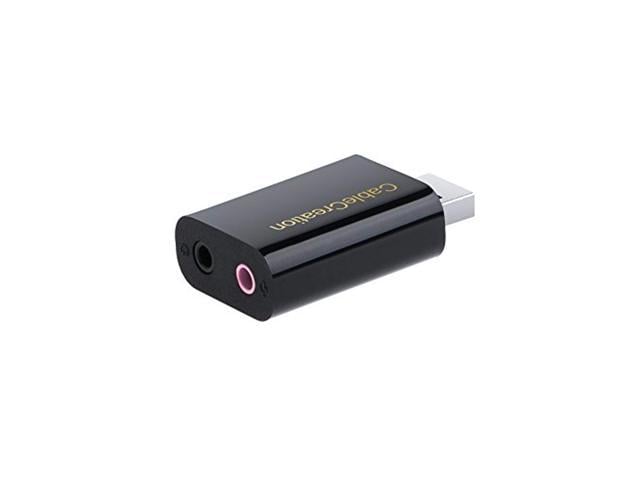A typical water distribution system is complex and chaotic with varying piping configurations, water flows, chemical reactions, and microbiological activity. It is therefore no surprise that monitoring water quality can be a daunting task, not to mention dealing with the devastating and costly effects of: Noncompliance with the Lead and Copper Rule Pinhole leaks in water service lines and private plumbing Vulnerability to microorganisms in the water distribution system Unwanted side effects from treatment chemicals Mistakes in treatment chemicals and dosage amounts These common water quality issues can be avoided by routinely monitoring key water quality parameters in the distribution system in a controlled and standardized manner. While proactive monitoring costs money, having water quality problems is even more costly. Water Distribution System Monitoring: A Practical Approach for Evaluating Drinking Water Quality provides a practical step-by-step approach and open-source technology for proactive water quality management. It describes a method for routinely monitoring the water distribution system by: Assembling a standardized monitoring station Planning a monitoring strategy, and Interpreting and using the water quality data Deliver safe and economical drinking water to your customers. Why wait three years to find out if the water system is in compliance with the Lead and Copper Rule? Why guess which corrosion control chemical is the right one? Why guess how much disinfection is needed in the water distribution system? Optimize your chemical usage, minimize your operational expenses, and confirm that the water is safe. Laying out a path to quality control and process improvement, this book provides the tools for well-defined and measurable control of water quality.















